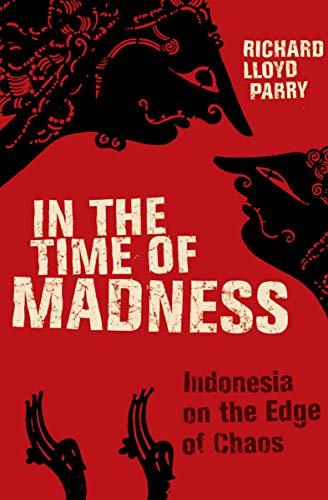What do you think?
Rate this book


340 pages, Kindle Edition
First published January 1, 2005
The country was made up of 17,500 islands, ranging from seaweed-covered rocks to the largest on earth. The distance from one end to the other was broader than the span of the Atlantic Ocean or as great as the distance between Britain and Iraq. Its 235 million people were made up of 300 ethnic groups and spoke 365 languages.